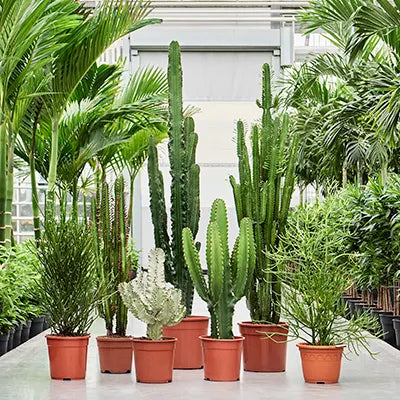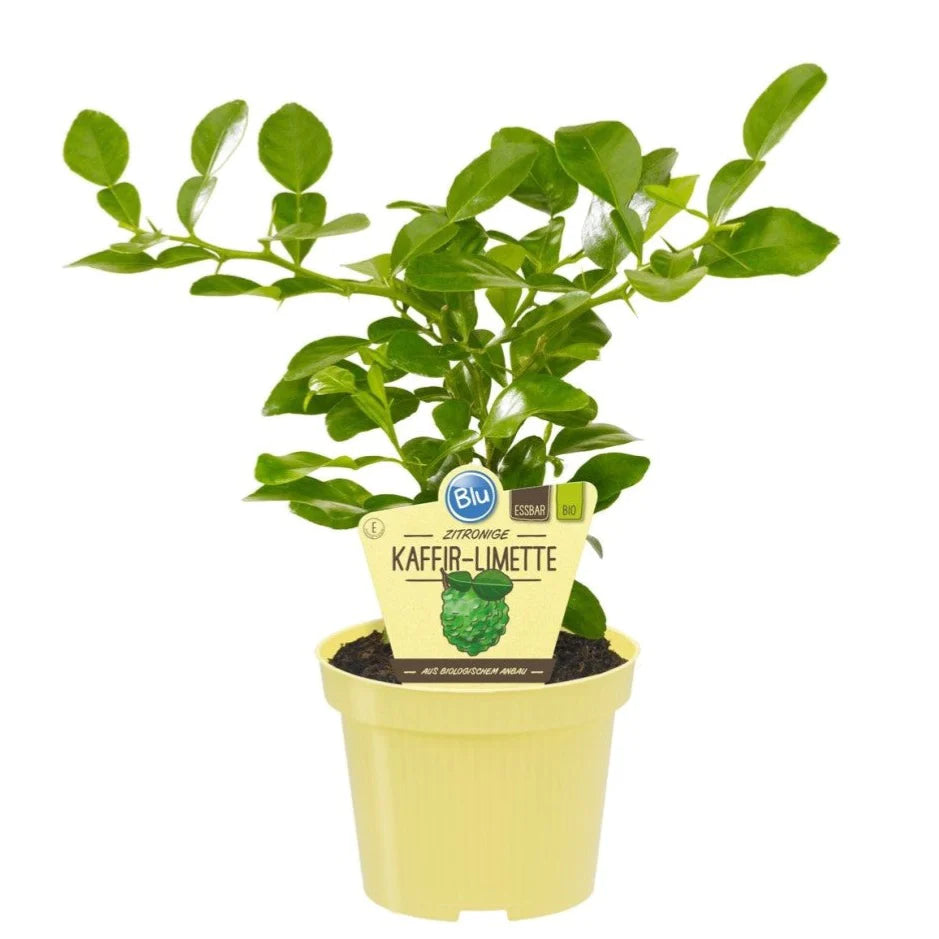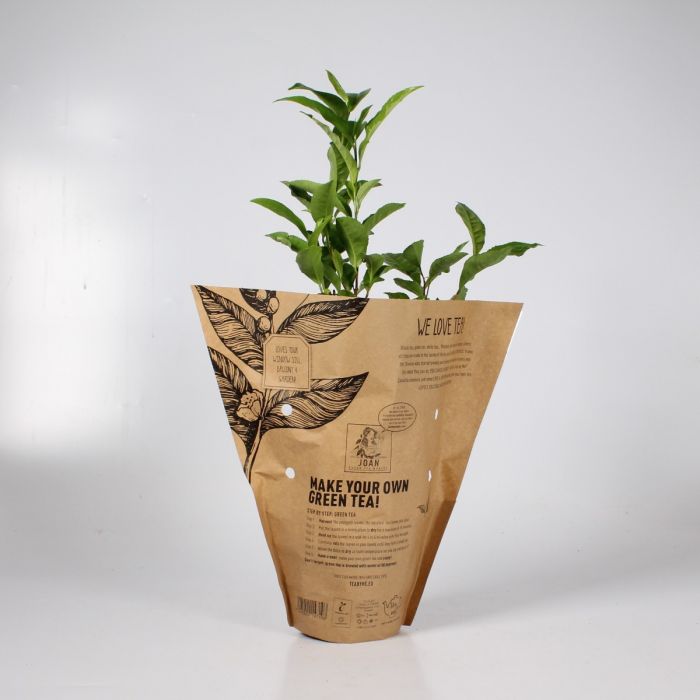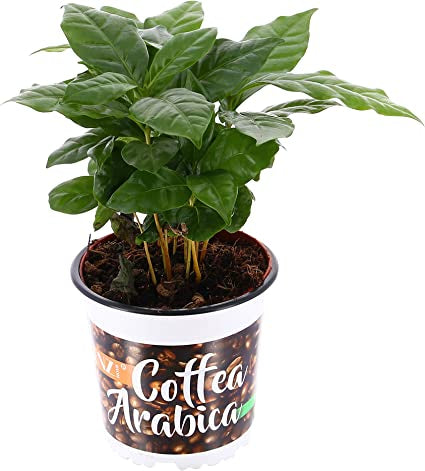Your Cart is Empty
FREE DELIVERY OVER £60
FREE DELIVERY OVER £60
PLANTS & FLOWERS
Office plants & Services
EXTERIOR PLANTING
CHRISTMAS TREES AND DISPLAYS
Euphorbia: a cactus-like succulent
4 min read

The Euphorbia genus is quite diverse, including the Cowboy Cactus and the Pencil Plant. Due to the toxic sap that these plants possess, they are more commonly referred to as spurges in botanical terms. Euphorbias can be placed into pretty much any corner or windowsill and is simple to care for. Therefore, we are delighted to advice you of the care requirements for this succulent that resembles desert cactus.

Origin
More than 2,000 different species of the plant genus Euphorbia, which is a member of the Euphorbiaceae family, are identified. The plants are well known by the term "Spurge," which was inspired by the milky-white colour sap they contain. This sap irritates skin while also being poisonous. There is no known specific location where these plants originate from because the genus is so diverse, ranging from low-growing shrubs to metre- tall cactus-like succ plant species. Originally, euphorbias were found in regions of Africa, the Americas, and Asia. They do, however, frequently flourish in arid climates.
In this post, we mostly concentrate on caring for succulents called Euphorbias, which resemble cacti. Because even though these plants resemble cacti in reality, they are certainly not. As a matter of fact they feature thorns that shoot out in pairs rather than indIvdual spines.
Watering
Each species of Euphorbia has a different watering requirement. However, these plants can generally go for quite some time without water. The surface of euphorbias feature very few stomata. Brieffly, a plant can collect carbon dioxide from the atmosphere and expel water through its stomata. A plant virtually never evaporates any water when there are few stomata present, as is the case with Euphorbia. Additionally, euphorbias have the capacity to absorb and hold several times their own weight in water. As a result, the plant can frequently remail dry for nearly two months throughout

It's crucial to allow the soil totally dry out in between waterings when you're watering. Due of the plant's high susceptibility to root rot, too much water harms the Euphorbia more quickly than a lack of it. Therefore, it is preferable to forego watering when in doubt. The Euphorbia will develop a yellowish glow if it has received excessive water for an extended period of time. Skin with insufficient water has a wrinkled appearance.
Temperature and humidity levels
A healthy plant should closely resemble its native environment because the succulent is accustomed to arid places with warm temperatures. Therefore, misting the euphorbi is not advised. Misting euphorbia a plant during the winter might be considered watering because euphorbia can then take up the moisture via its epidermis. Euphorbia requires a minimum of 10°C during the day and 5°C at night.
Pruning
While pruning euphorbias is not always necessary, it is a possibility in some species. Pruning species with several shoots, like Euphorbia tirucalli, is simple and only requires cutting off the stems. It 's important to pay close attention to any potential milky sap leakage. This white liquid from the Euphorbia is toxic and can irritate the skin and eyes very quickly. It is best to dab the sap with a piece of paper. The wound will then naturally air dry. The larger euphorbias, which resemble cacti, can also be trimmed by removing a portion of the head. Once more, be on the lookout for sap that is released. The plant can grow new branches from the wound once it has dried.
Nutrition
Euphorbia naturally develops slowly and requires little nutrient addition. Use specific cactus and succulent food and avoid feeding in the fall and winter. Check the packaging for the appropriate quantities.
Euphorbia varieties
Euphorbia is a huge and diverse plant genus with at least 2,000 species. The cactus-like species, in particular, are available at Cambridge Bee shop. We'd like to tell you a little bit more about these plants down below.
Euphorbia ingens
Ever so popular and a real show stopper is Euphorbia ingens, often callied as the Cowboy Cactus, is a very well-known cactus indeed. In fact, this plant appears to be straight out of an old cowboy film sets. In the wild, this cactus-like plant can reach a height impressive heights of 15 metres.
Euphorbia Erytrea
Euphorbia erytrea is native to Eritrea, Ethiopia, Sudan, and Somalia, as the name implies. This plant thrives on East African rocks and hillsides. Euphorbia Erytrea sap is found to sometimes being used for medical purposes. The ribbed margins of the branches of Euphorbia erytrea are quite distinctive and can grow small leaves from the needle tips on them in spring season.
Euphorbia tirucalli

The Euphorbi tirucalli species are native to southern and eastern Africa and do grow from a tiny shrub to a huge tree in the wild. This euphorbia is known as the Pencil Plant for its many little pencil thick branches. These branches can reach significant heights often being of up to 7 metres tall and commonly grow in
I
Euphorbia trigona
Euphorbia trigona, also referred to as the African milk tree, is a plant that was first found in Tanzania, Angola, and the Congo. Interestingly, Euphorbia trigona goes into dormancy for the winter period, dduring which trigona species plant loose their small leaves only to reawaken and leaf out again in the spring. This plant commonly seen variation is Euphorbia trigona 'Rubra that has all-purple green leaves.
Leave a comment
Comments will be approved before showing up.
Subscribe
Sign up to get the latest on sales, new releases and more …















































